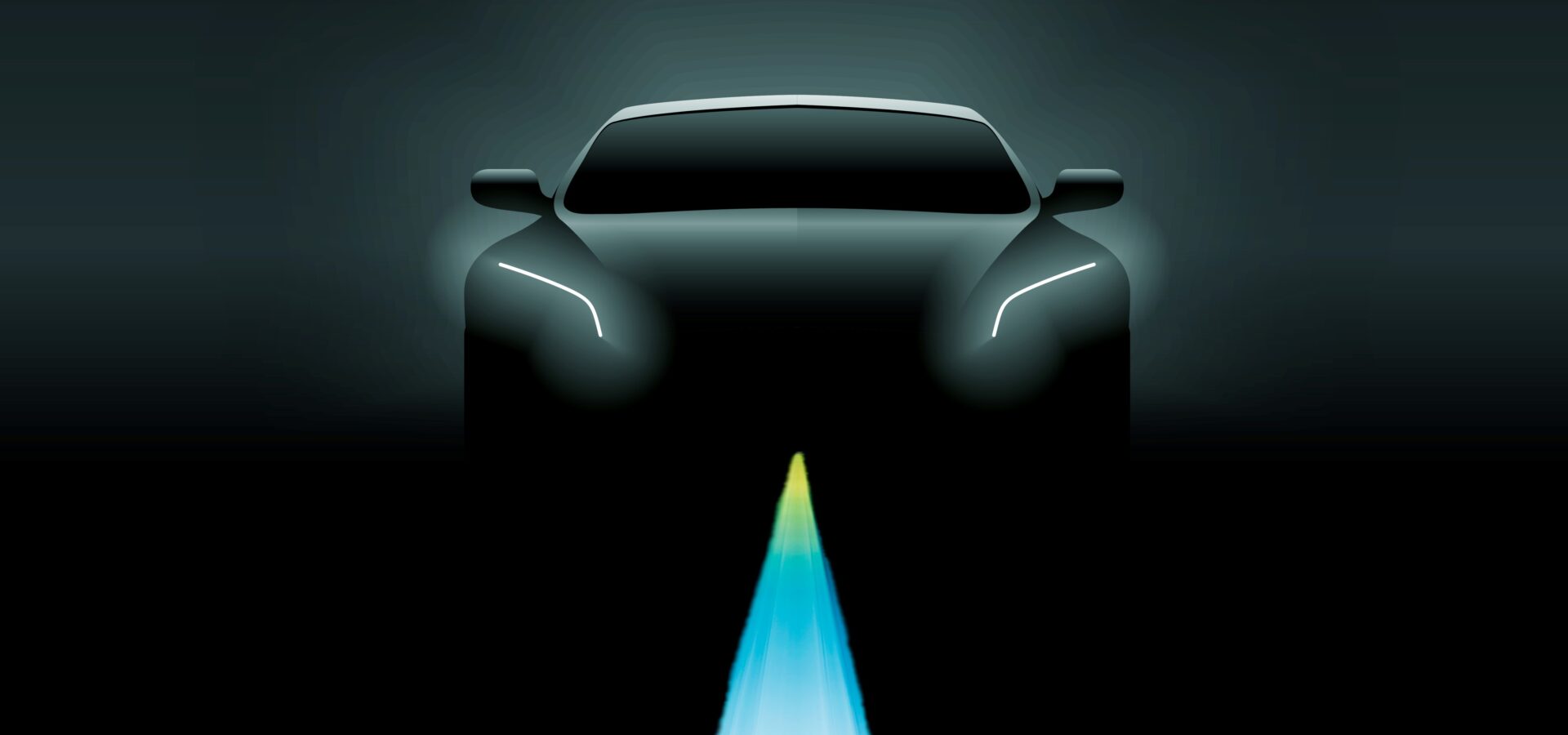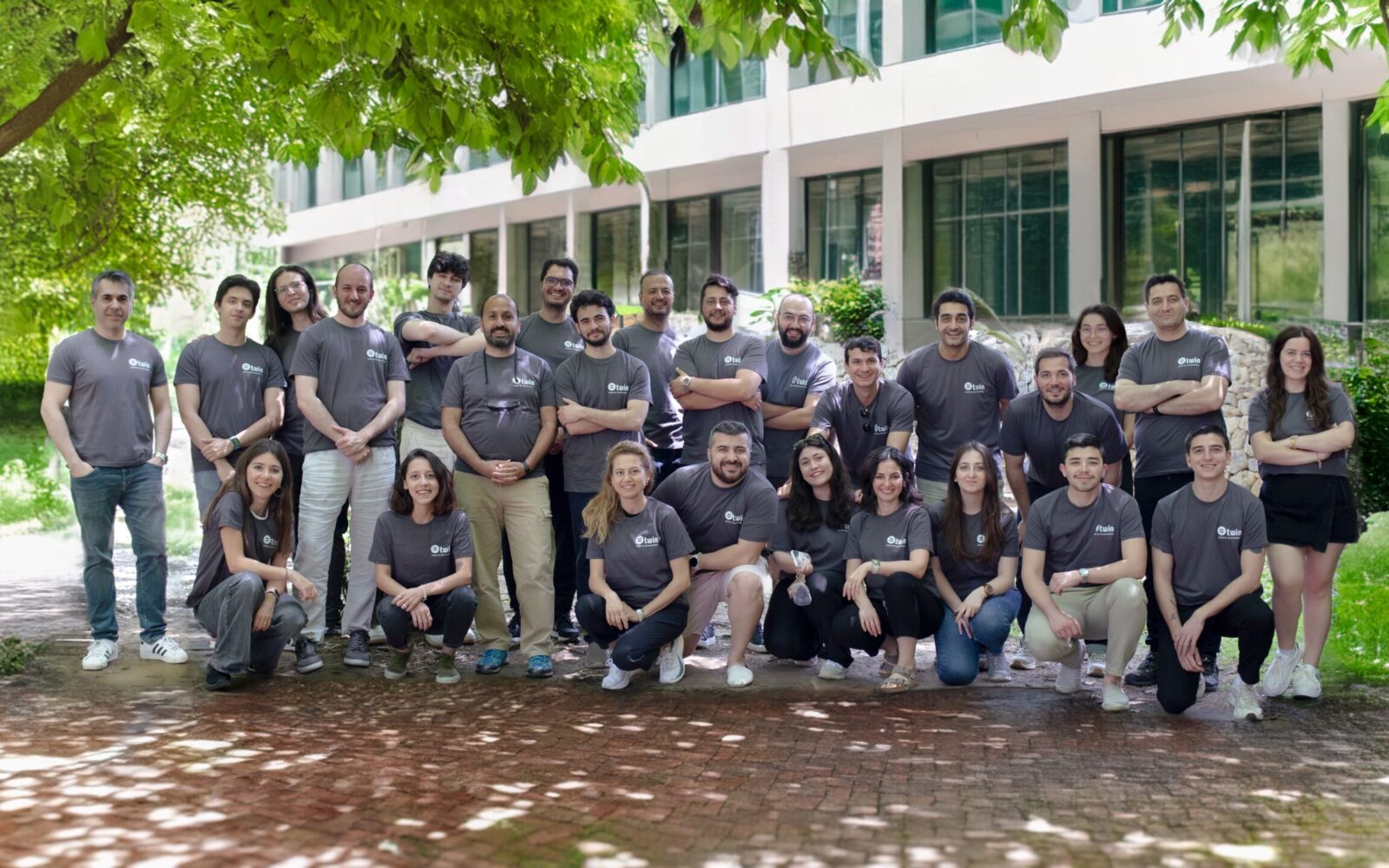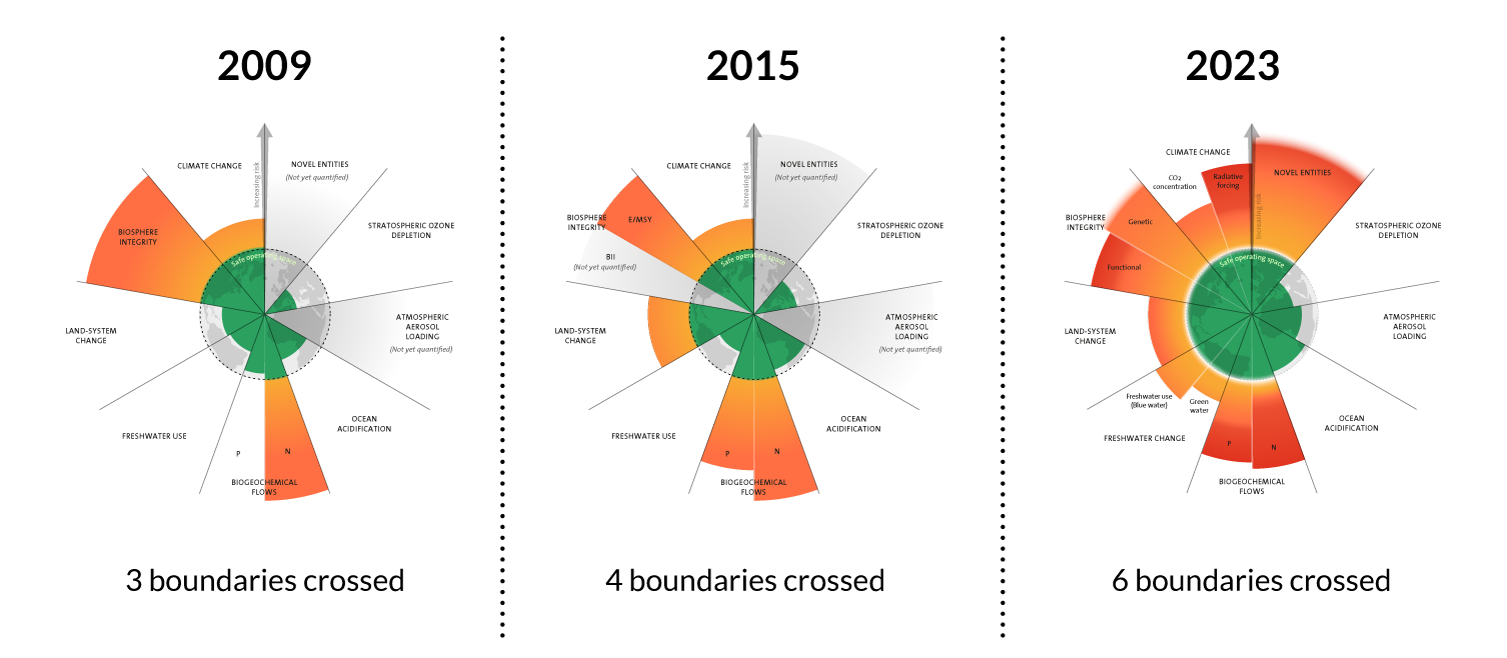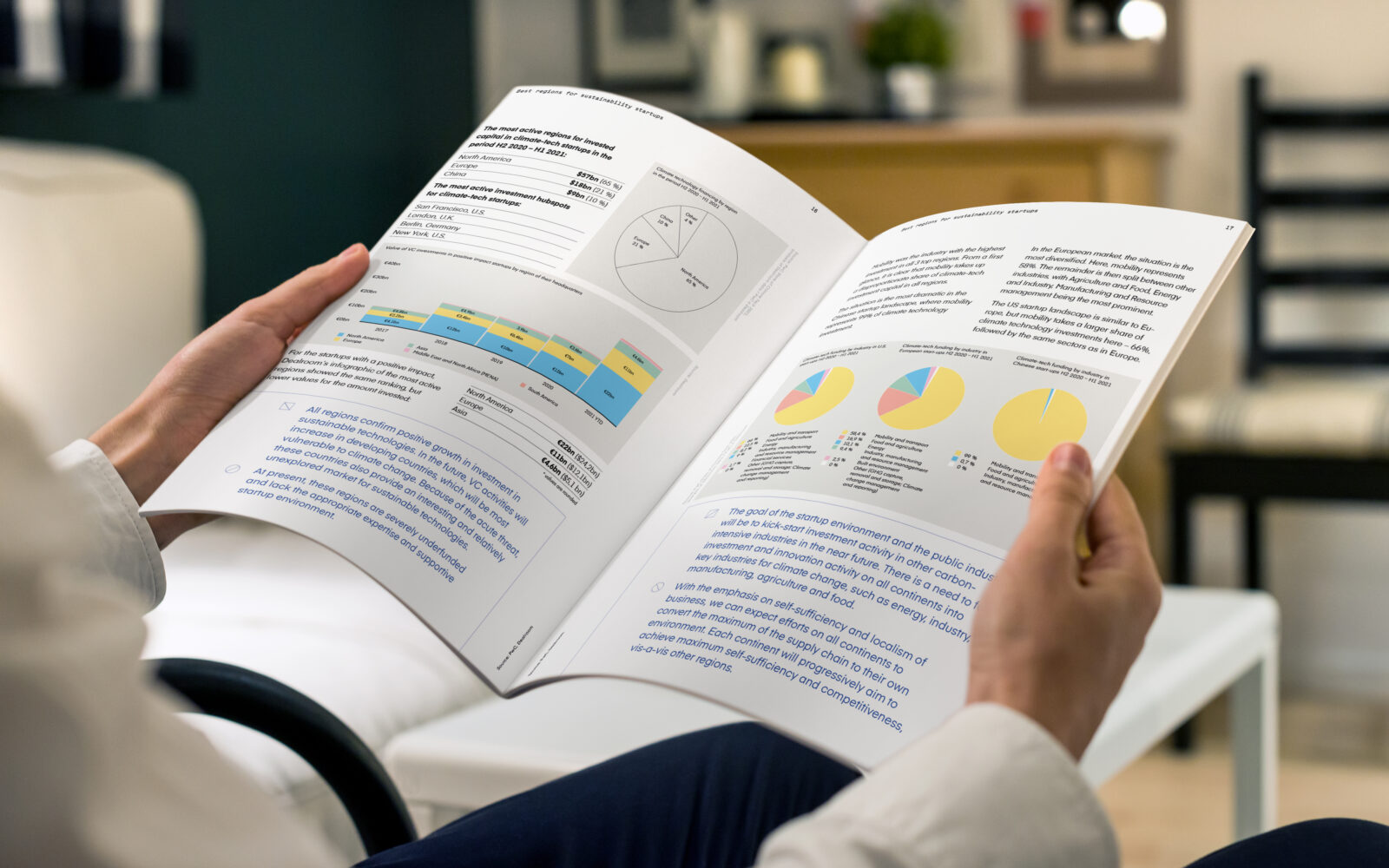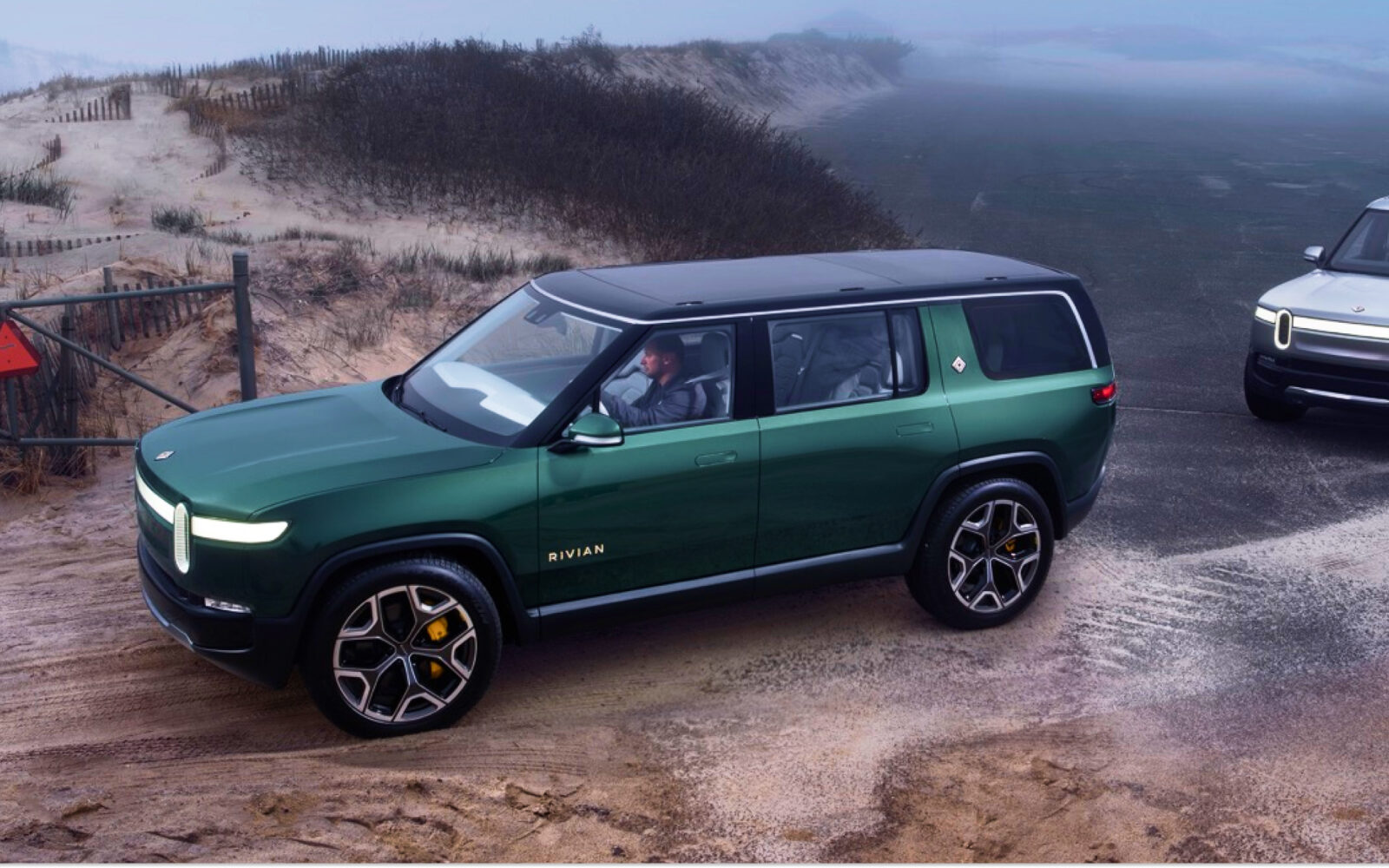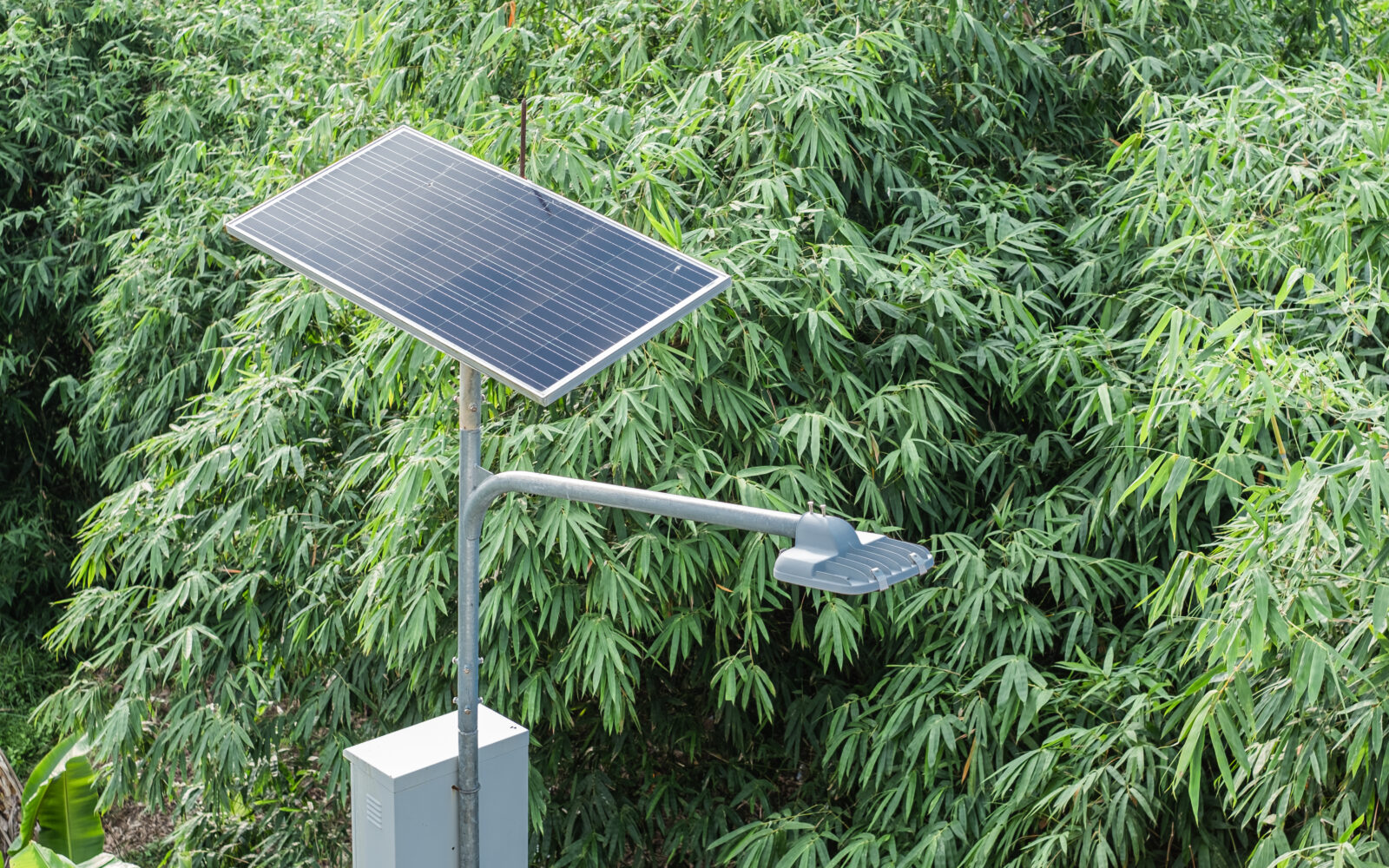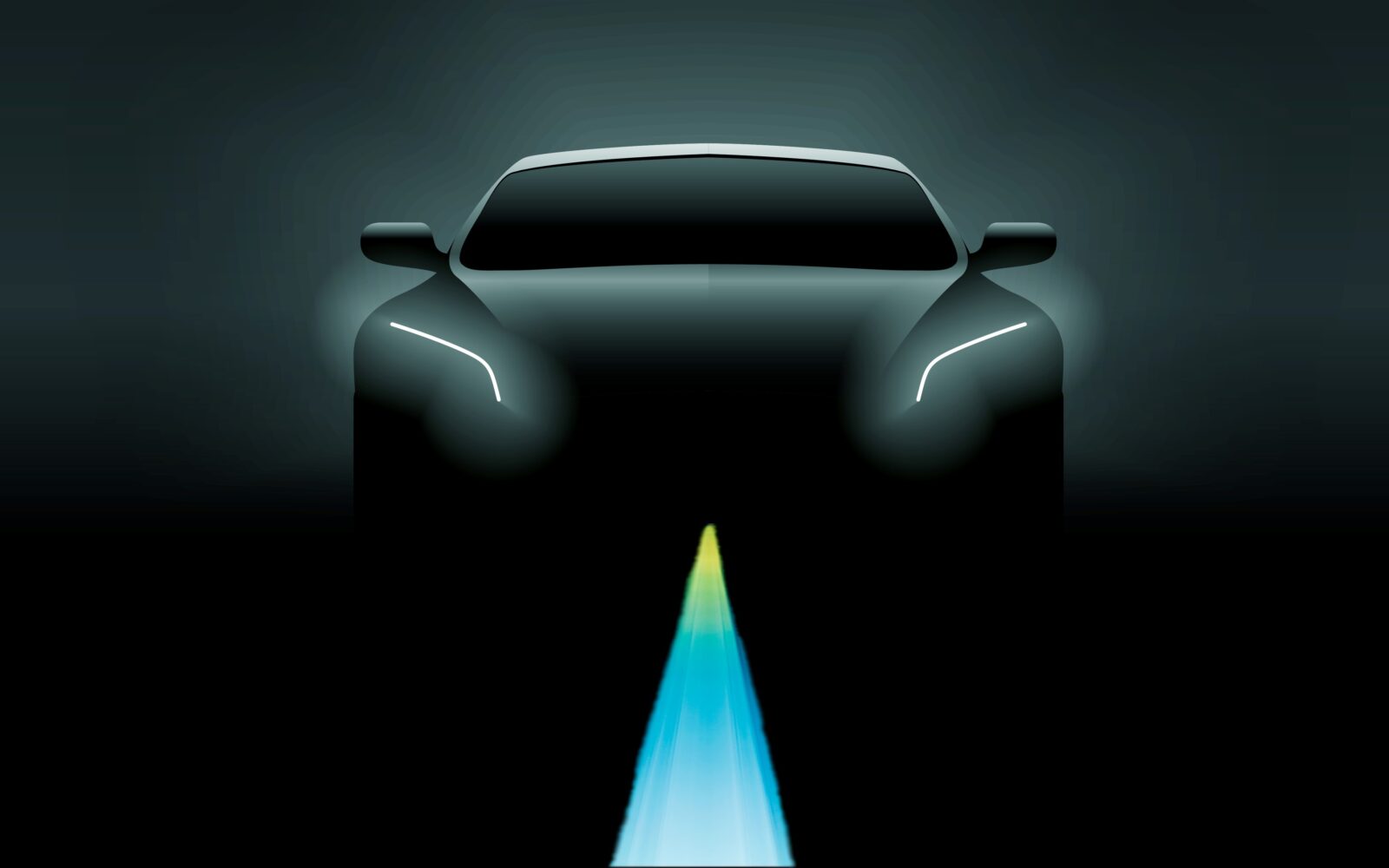Looking broadly at the electric vehicle (EV) industry, the main issue is the batteries, even though companies like Tesla pour millions of dollars into innovative battery technologies. A new EV charging system concept called Sweden’s Evolution Road project could be a game changer.
The battery complications of EVs
The main issues with batteries are their weight, cost and, most importantly, environmental impact. Because the main goal of EVs is to bring sustainability into the transportation sector.
Scientists from Lund University in Sweden therefore came up with an Electric Road System (ERS). The idea is much like continuous energy supply in trolleybuses, except the power grid is built into the road.
Using ERS, batteries can be 80% smaller, thereby reducing the negative environmental impact related to battery lifecycle and increasing the payload capacity of passengers and goods.
A closer look at the ERS charging system
ERS infrastructure can be installed in existing roads. The technology uses a thin rail applied to the top of the asphalt. Installation is simple and the road itself becomes a smart and digital network, providing communication benefits.
ERS can distribute energy to almost every type of road vehicle like cars, buses and trucks. Moreover, ERS can distinguish in advance the energy distribution between different vehicles.
Experts at Lund University estimated that the price of implementing an ERS network on the major road system in Sweden is less than half the total cost of building an EV charging system station network and placing larger batteries in EVs across Sweden.
The distance from any point outside of the ERS network to an ERS road would be less than 50 km in most parts of the country, thus reducing the need for high-capacity batteries.
The benefits of the ERS charging system
One of the biggest benefits is that all kinds of vehicles, such as personal cars, commercial vehicles and public transport can use the same EV charging system. And because the EVs would not be so expensive, with no need for a costly battery, more people could afford them.
This makes it a cost-efficient and environmentally friendly solution for cities.
Sweden with four different test sites on public roads is pioneering the ERS system. The next project for the country is to build the first 25 – 30 km long permanent ERS road.
The Swedish government believes that the ERS system could contribute to the goal of reducing greenhouse gas emissions from domestic transport by 70% by 2030.
“A challenging issue for the ERS system will be to overcome shutdowns of the electric grid due to overwhelming energy consumption in peak hours, for example when people go to or from work,” says Václav Gregor, CEO at Soulmates Ventures. “ERS could be the technology that can solve that problem or, on the contrary, it will prove impossible to use because of that. Now we must wait for the pilot testing to see. But the most important task to reach complete sustainability of the transportation sector is to secure that energy charging cars will come from renewable resources.”
